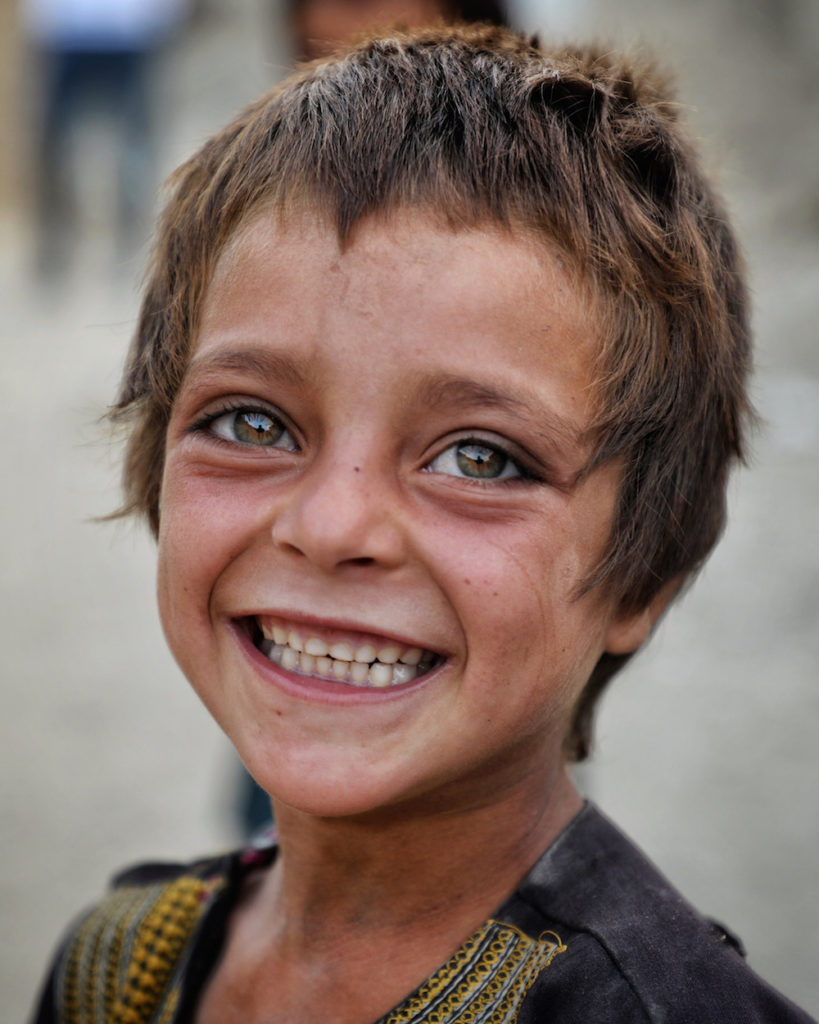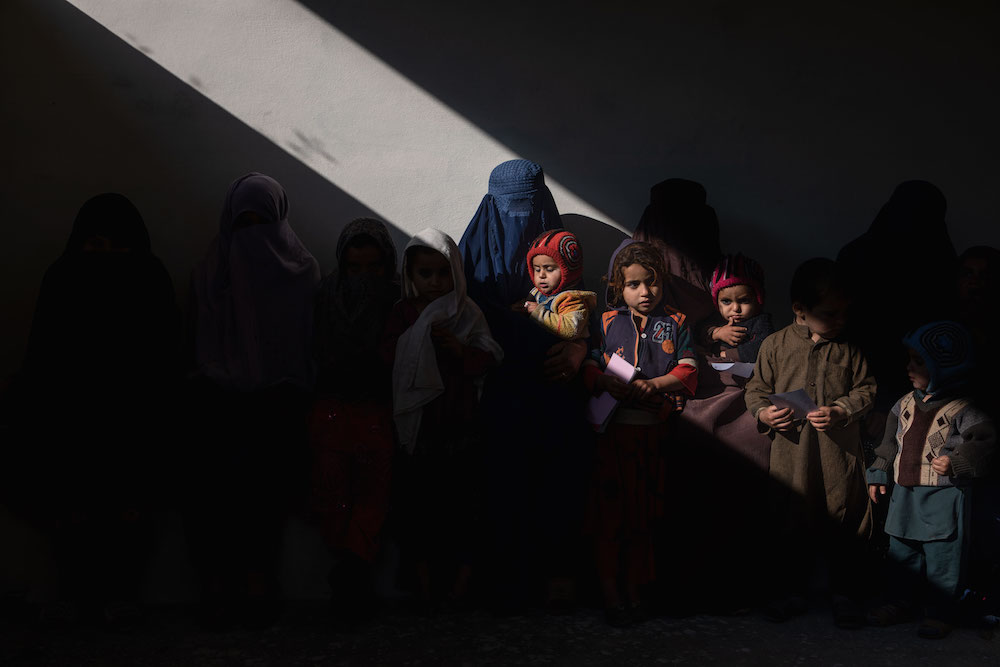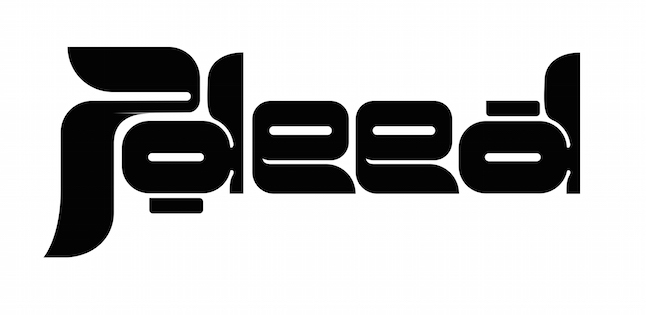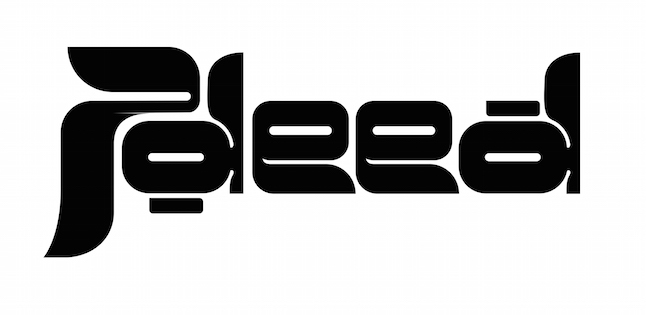
Art
Roya Heydari | Views of Afghanistan
| Roya’s eyes are filled with emotions and stories, hers and the ones of the people that her photography sheds light on. After working as a photojournalist in Afghanistan covering attacks and explosions, Roya Heydari decided to show another side of her country through landscapes and portraits.
Channeling Afghanistan’s rich culture and history, her work shows that it is more than a war zone; it is also a rich piece of land with many colors and shapes. Advocating for women’s rights and children’s education, Roya captures Afghani people and children’s faces, grasping the powerful stories they tell. In 2021, she had to run away from Afghanistan as the Taliban returned to power, leaving her home and her whole life behind. With her camera, she crossed continents to arrive in Paris, where she joined the Cité Internationale des Arts. We met her to talk about her motherland, resilience, and the Afghani strength.
Trigger warning: war, death
By Emma Breidi

Hello Roya! Can you tell us about your journey with photography?
When I started studying, I went into Political Sciences because my family wanted me to. I wanted to take an artistic path but when you live in a war zone, nobody cares about art; you can’t focus on it. We don’t really have art galleries in Afghanistan. After a year, I didn’t feel like these studies for me and slowly, my passion for art came back into my life. It felt more right for me.
So, without telling my family, I went to art school and didn’t go back to Political Sciences classes. I had to stand for my rights, and it was successful. I started studying photography in 2014 and working professionally in 2017. I was working with news agencies and I thought I could make a platform for photo-journalism and show activism through my art.
You lived in Iran from age one to seven, do you have any memories of that time?
I have memories of the first year at my school when I was 6 years old. It was the first time I noticed I didn’t belong to this country. I was in the line and one of the kids pushed me and told me to “go back to Afghanistan”, and I didn’t understand. I went to ask my teacher why she said that and she explained to me : “You are from Afghanistan and your country is somewhere else, but you’re here in another country as a refugee because of the war”.
It was heavy for me and I couldn’t understand. Then I told my dad I didn’t want to go back to school, I said “where is Afghanistan? I want to go back”. It was always on my mind that “I don’t belong to this country, I’m from Afghanistan”. Then when we went back, I was very happy. I had lot of good memories there.

You worked with international publications – Busi- ness Insider, Al Jazeera, The Middle East Eye, TRT World – and international NGOs – UNHCR, GIZ, WHO, MSI, Save The Children – covering a lot of explosions and attacks. Can you tell us about this experience ?
It was always my dream to work with Human Rights organizations but I never thought I would be a photojournalist.
The first explosion I captured was in 2017; when I walked in that street my heart was beating so fast. When I was 12 years old, my mother told me she wanted me to be a surgeon, but I said I couldn’t because I was scared to see blood and bodies. When I walked in the street I thought about this conversation and wondered : what am I doing here ? Am I brave enough to see those dead bodies ? The explosion was very heavy: around 200 people died on that day and I wasn’t sure I could capture it. When I walked between the dead bodies, I had this strange feeling inside me and said to myself : focus on your work, take the picture and leave. When I came back home, I delivered the photos and the article, I went to sleep and the next morning I started thinking about it. I wanted to continue my work and I thought: if I want to be brave and strong I need to see more of this and I need to continue.
The last explosion I captured was 2 years before I came here (in France). It was in a school for girls from age 10 to 17. Two hundred to 300 little girls died on that day. When I went there … I can’t really talk about it … We took the pictures in the back of the school where the explosion happened. When we went to the hospital there were mothers looking for their daughters. I saw this mother, she was very young, maybe 30 years old; she was calling the doctor to ask for her girl. She started searching among 10 dead bodies.She wanted to remove the coffin of the 8th one and a woman came, took her hand and said “Don’t. You don’t want to see her face. She’s burned, don’t do that.” I took my camera and I left the hospital. I was sure I wasn’t going to capture any explosion after that. I spent one month at home without going out or having any contact with people. It affected me badly, that’s why I stopped.
When did your project of traveling around Afghanistan to take pictures was born?
I started traveling by myself in 2016. I wasn’t sure I could travel a lot because most provinces are controlled by the Taliban and it was dangerous to travel as a woman. But then I started working with the UN and it became easier and safer and I could do my art project while traveling. I would spend two or three days working for them and then would stay two to three days more to talk with the people and search the area. The more I traveled, the more I talked to people, and it pushed me to capture the things they were saying to me. I’m not only listening to them but also bringing their voices and sharing with other people what they want and how they want to live.
All of us want peace, to get getting education, to have rights, especially women in the villages. During the first mission I did with an organization, I interviewed mostly people who were refugees coming back from Pakistan, and the women were so powerful. They didn’t have many rights, they had to cover their faces, they were not allowed to go out alone, but when they talked about their daughters and their sisters, they wanted them to be educated and live better lives. They wanted the best for the next generations.
Discover the rest of the interview in JDEED 10, now out. Shop it online here (ships from Dubai), or here (ships from Europe).






0 comments